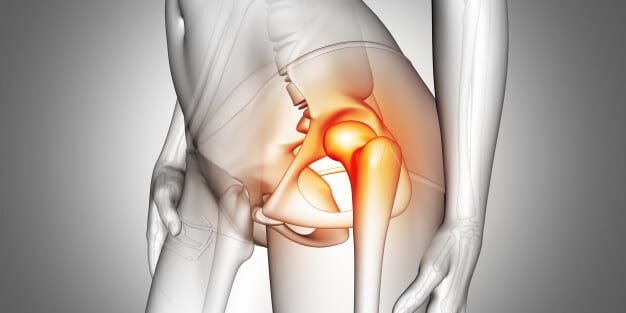Hip bursitis: What it is and its causes

Today, I want to shed some light on a condition that can be a real pain in the hip – quite literally. Hip bursitis is a common ailment that many people might not be familiar with, but its effects can be felt by anyone, especially as we age and our joints start to complain a bit more.
Let’s start with the basics. Bursae are small, fluid-filled sacs that act as cushions between bones and soft tissues, like muscles and tendons. They help reduce friction and allow smooth movement of joints. Now, imagine these bursae as tiny shock absorbers in your car – they keep things running smoothly and comfortably.
- Overuse or Repetitive Movements: Just like using the same tool over and over again can wear it out, repetitive movements can irritate the bursae in your hip, leading to inflammation.
- Injury or Trauma: A fall, bump, or sudden impact can also trigger hip bursitis. Even something as seemingly innocuous as kneeling for an extended period can cause irritation.
- Poor Posture: Slouching or sitting in an awkward position for prolonged periods can put extra pressure on your hips, leading to bursitis over time.
- Underlying Conditions: Conditions like arthritis or gout can increase your risk of developing hip bursitis.
Now, you might be wondering, “How do I know if I have hip bursitis?” Well, besides the telltale pain in your hip, you might notice:
- welling or tenderness in the affected area.
- Pain that worsens with movement or pressure on the hip.
- Difficulty sleeping on the affected side.
If any of these symptoms sound familiar, it’s essential to seek medical advice. A thorough examination by a healthcare professional, like myself, can help confirm the diagnosis and determine the best course of action.
- Rest: Give your hip a break from activities that exacerbate the pain. It’s essential to allow the inflamed bursae to heal.
- Ice and Heat Therapy: Applying ice packs or warm compresses to the affected area can help reduce inflammation and alleviate pain.
- Medication: Over-the-counter pain relievers or anti-inflammatory drugs may provide temporary relief. However, always consult with a healthcare professional before taking any medication.
- Physical Therapy: A tailored exercise program can help strengthen the muscles around the hip, improve flexibility, and alleviate pressure on the bursae.
- Injections: In severe cases, corticosteroid injections directly into the bursa can help reduce inflammation and provide relief.
Do you need an appointment with a professional doctor? By clicking here you can contact me where you can study your case.
